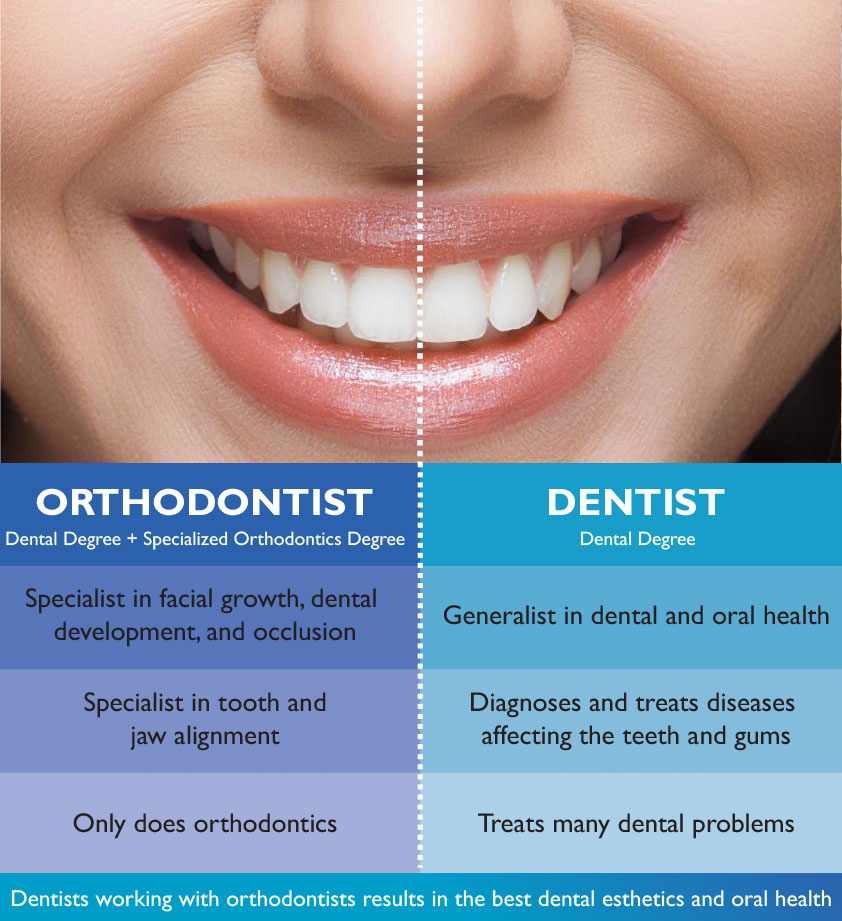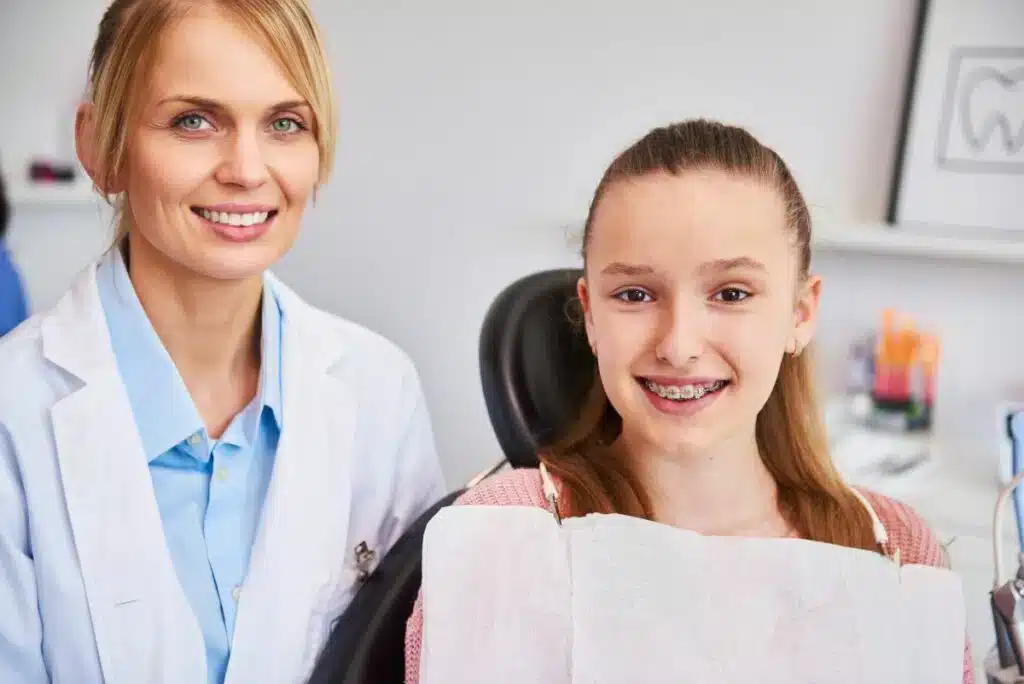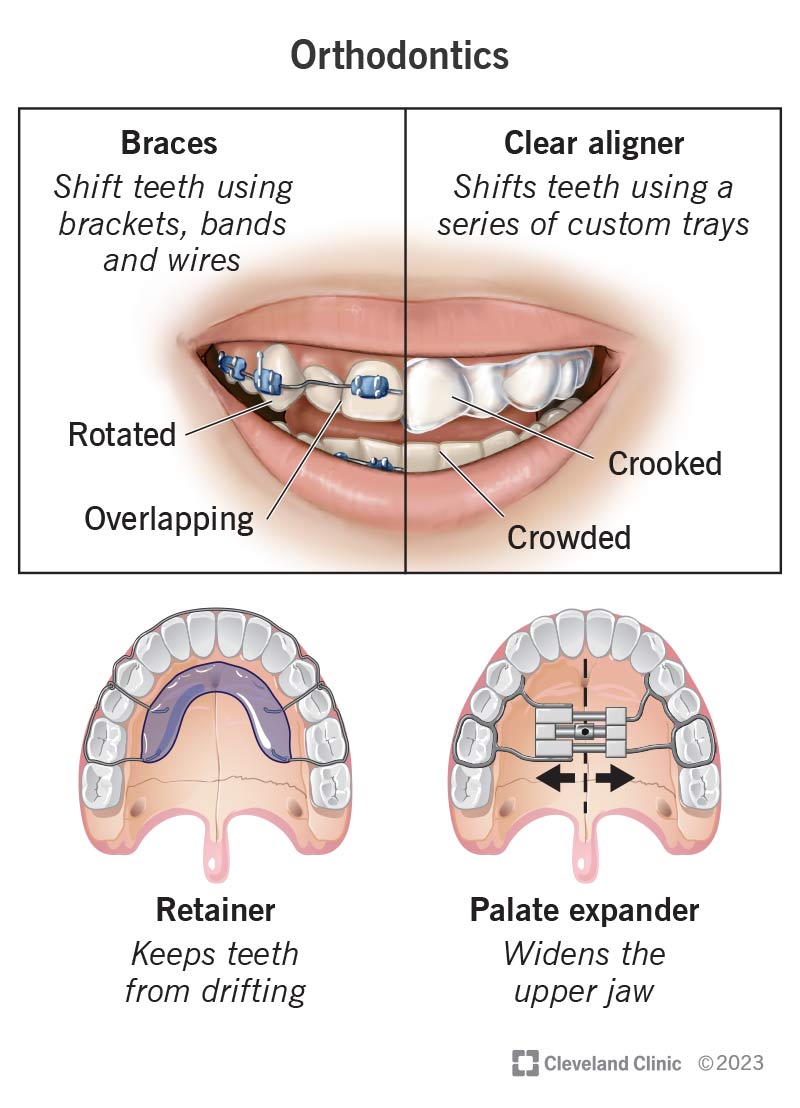Not known Facts About Causey Orthodontics
Table of ContentsSome Known Questions About Causey Orthodontics.Causey Orthodontics Fundamentals ExplainedNot known Factual Statements About Causey Orthodontics Not known Factual Statements About Causey Orthodontics The Single Strategy To Use For Causey Orthodontics
Ignoring occlusal partnerships, it was normal to remove teeth for a selection of dental concerns, such as malalignment or overcrowding. The concept of an undamaged dentition was not commonly valued in those days, making bite relationships seem irrelevant. In the late 1800s, the idea of occlusion was essential for developing reliable prosthetic substitute teeth.As these principles of prosthetic occlusion progressed, it ended up being an important device for dentistry. It remained in 1890 that the work and effect of Dr. Edwards H. Angle started to be felt, with his payment to modern orthodontics especially noteworthy. Focused on prosthodontics, he showed in Pennsylvania and Minnesota prior to routing his attention towards oral occlusion and the treatments required to keep it as a normal condition, therefore ending up being recognized as the "father of modern orthodontics".

The concept of perfect occlusion, as postulated by Angle and included into a classification system, made it possible for a change towards dealing with malocclusion, which is any type of discrepancy from normal occlusion. Having a complete set of teeth on both arcs was extremely sought after in orthodontic therapy because of the need for specific connections between them.
5 Simple Techniques For Causey Orthodontics
As occlusion became the crucial top priority, facial percentages and aesthetic appeals were disregarded - orthodontist services. To achieve suitable occlusals without using external pressures, Angle proposed that having perfect occlusion was the finest means to gain optimum facial aesthetic appeals. With the passing away of time, it became quite obvious that also an extraordinary occlusion was not ideal when taken into consideration from an aesthetic viewpoint
Charles Tweed in America and Raymond Begg in Australia (that both researched under Angle) re-introduced dental care removal right into orthodontics throughout the 1940s and 1950s so they might enhance facial esthetics while also making certain much better stability concerning occlusal relationships. In the postwar period, cephalometric radiography started to be made use of by orthodontists for gauging modifications in tooth and jaw setting triggered by growth and treatment. It came to be noticeable that orthodontic treatment might adjust mandibular development, bring about the development of practical jaw orthopedics in Europe and extraoral force measures in the United States. Nowadays, both practical appliances and extraoral devices are used around the globe with the objective of amending development patterns and kinds. Pursuing real, or at least boosted, jaw connections had come to be the primary objective of therapy by the mid-20th century.
How Causey Orthodontics can Save You Time, Stress, and Money.
 Till the mid-1970s, dental braces were made by covering metal around each tooth. http://www.fidofindit.com/business/healthcare/causey-orthodontics-l67277.html., it became feasible to instead bond steel braces to the teeth.
Till the mid-1970s, dental braces were made by covering metal around each tooth. http://www.fidofindit.com/business/healthcare/causey-orthodontics-l67277.html., it became feasible to instead bond steel braces to the teeth.Andrews offered an informative meaning of the optimal occlusion in irreversible teeth. This has actually had purposeful impacts on orthodontic therapies that are administered consistently, and these are: 1. Appropriate interarchal connections 2. Right crown angulation (idea) 3. Appropriate crown inclination (torque) 4. No turnings 5. Limited get in touch with points 6. Flat Contour of Spee (0.02.5 mm), and based on these concepts, he uncovered a therapy system called the straight-wire home appliance system, or the pre-adjusted edgewise system.
The benefit of the layout depends on its brace and archwire mix, which needs only marginal wire flexing from the orthodontist or clinician (orthodontist services). It's appropriately called hereafter attribute: the angle of the port and density of the bracket base ultimately determine where each tooth is situated with little requirement for added manipulation
The Ultimate Guide To Causey Orthodontics
Both of these systems used similar braces for each and every tooth and necessitated the bending of an archwire in three planes for finding teeth in their desired positions, with these bends dictating best positionings. When it involves orthodontic devices, they are split into 2 types: detachable and taken care of. Removable home appliances can be tackled and off by the person as needed.

Hence, almost all modern-day set home appliances can be thought about variants on this edgewise device system. Early 20th-century orthodontist Edward Angle made a major contribution to the world of dentistry. He developed four distinct device systems that have been made use of as the basis for many orthodontic therapies today, preventing a couple of exemptions.
Causey Orthodontics for Beginners

The cord ended in a thread, and to relocate it ahead, an adjustable nut was made use of, which enabled an increase in area. By ligation, each private tooth was affixed to this extensive archwire (emergency orthodontist near me). Because of its restricted variety of activity, Angle was incapable to achieve specific tooth positioning with an E-arch
These tubes held a soldered pin, which can be repositioned at each consultation in order to move them in position. Referred to as the "bone-growing appliance", this gizmo was thought to encourage much healthier bone growth as a result of its capacity for moving force straight to the roots. However, applying it showed troublesome actually.